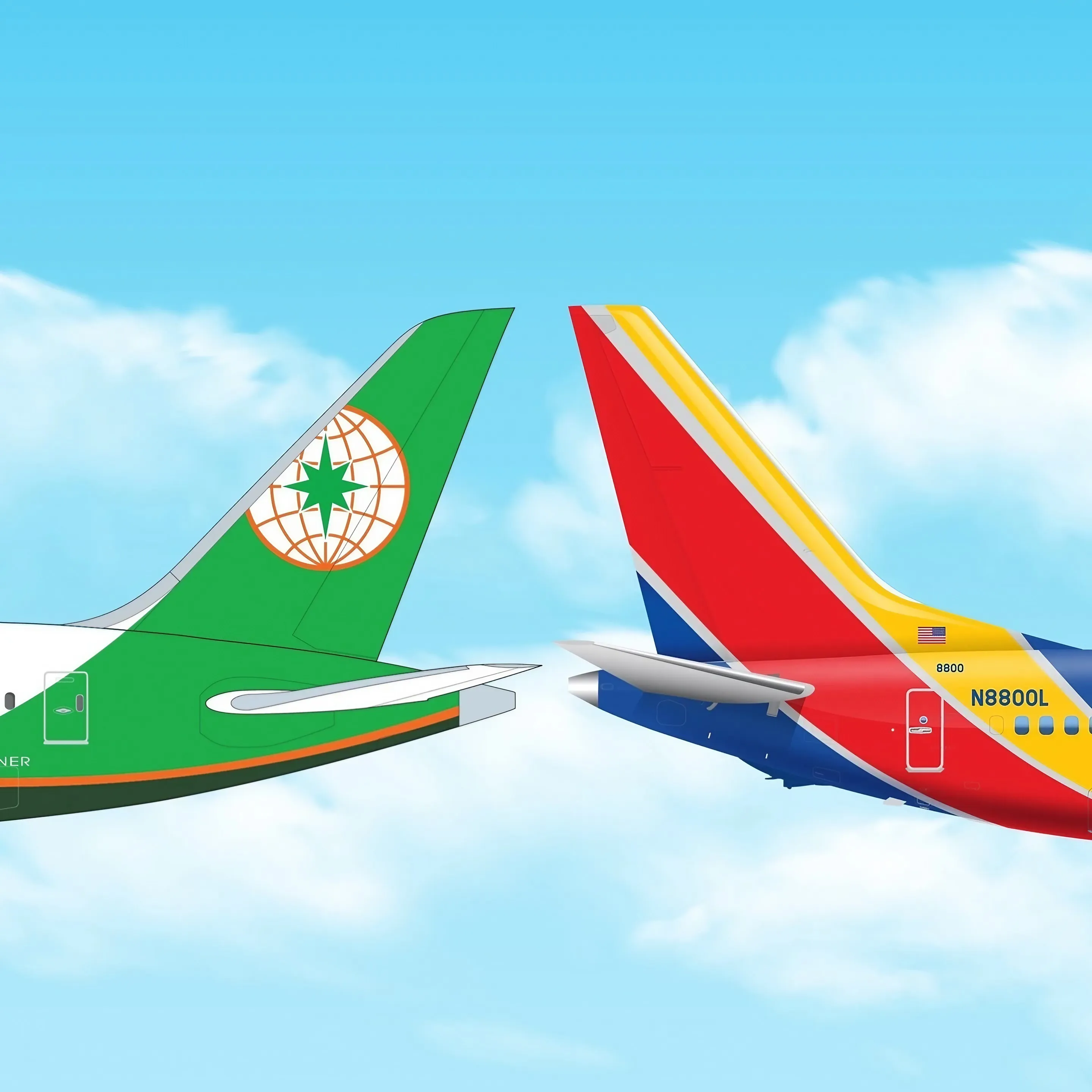DALLAS/TAOYUAN — It’s now official—via Instagram, Southwest Airlines (WN) has confirmed a new partnership with Taiwan’s EVA Air North America (BR), opening up transpacific travel options that start right away.
The news was revealed on Southwest’s Instagram page, where the airline said customers can now book and fly itineraries that connect its U.S. network with BR’s Asia services.
Four Gateways to Start
The deal begins with four major U.S. airports that will act as the main gateways:
- Los Angeles (LAX)
- San Francisco (SFO)
- Seattle (SEA)
- Chicago O’Hare (ORD)
From these hubs, travelers can link into BR’s long-haul network, with Taipei (TPE) being the central hub on the other side of the Pacific. For BR passengers, the benefit comes in the form of easy access to Southwest’s huge domestic system that covers more than 120 cities across the U.S.
Why It Matters
This isn’t just another partnership. For WN, which has mostly stayed away from global airline tie-ups in the past, it shows a clear shift.
Earlier this year, the airline launched interline deals with Icelandair (FI) and China Airlines (CI), and now BR joins that list. WN is gradually expanding its international network without directly operating long-haul routes.
For BR, this is also a big win. The carrier already works with United Airlines (UA) and Alaska Airlines (AS), but adding WN gives it a lot more reach into places that other U.S. partners don’t really cover. Think secondary cities, leisure markets, and Southwest-heavy airports where BR previously had limited feed.
What Passengers Get
According to WN, the partnership is live starting today. That means:
- Customers can book a combined ticket that covers both airlines
- Baggage gets checked through, no need to re-claim and re-check
- Easier connections from U.S. cities to BR’s trans-Pacific flights
It’s worth pointing out that this is an interline partnership, not a codeshare. So you won’t see BR flight numbers on WN legs or vice versa, but it still removes a lot of the hassle that comes with separate bookings.
Looking Ahead
The timing is interesting, too. U.S.–Asia traffic has been growing again, and competition among airlines is heating up. BR already has a solid reputation for long-haul service, and WN brings something different to the table: massive U.S. coverage and strong loyalty in domestic travel.
For travelers, it could mean cheaper fares, more options, and a smoother way to piece together trips that cross the Pacific. For the airlines, it’s another step in expanding reach without adding new aircraft or changing business models too much.
Stay tuned to Airways and follow us on LinkedIn and Instagram for the latest updates.



.webp)
